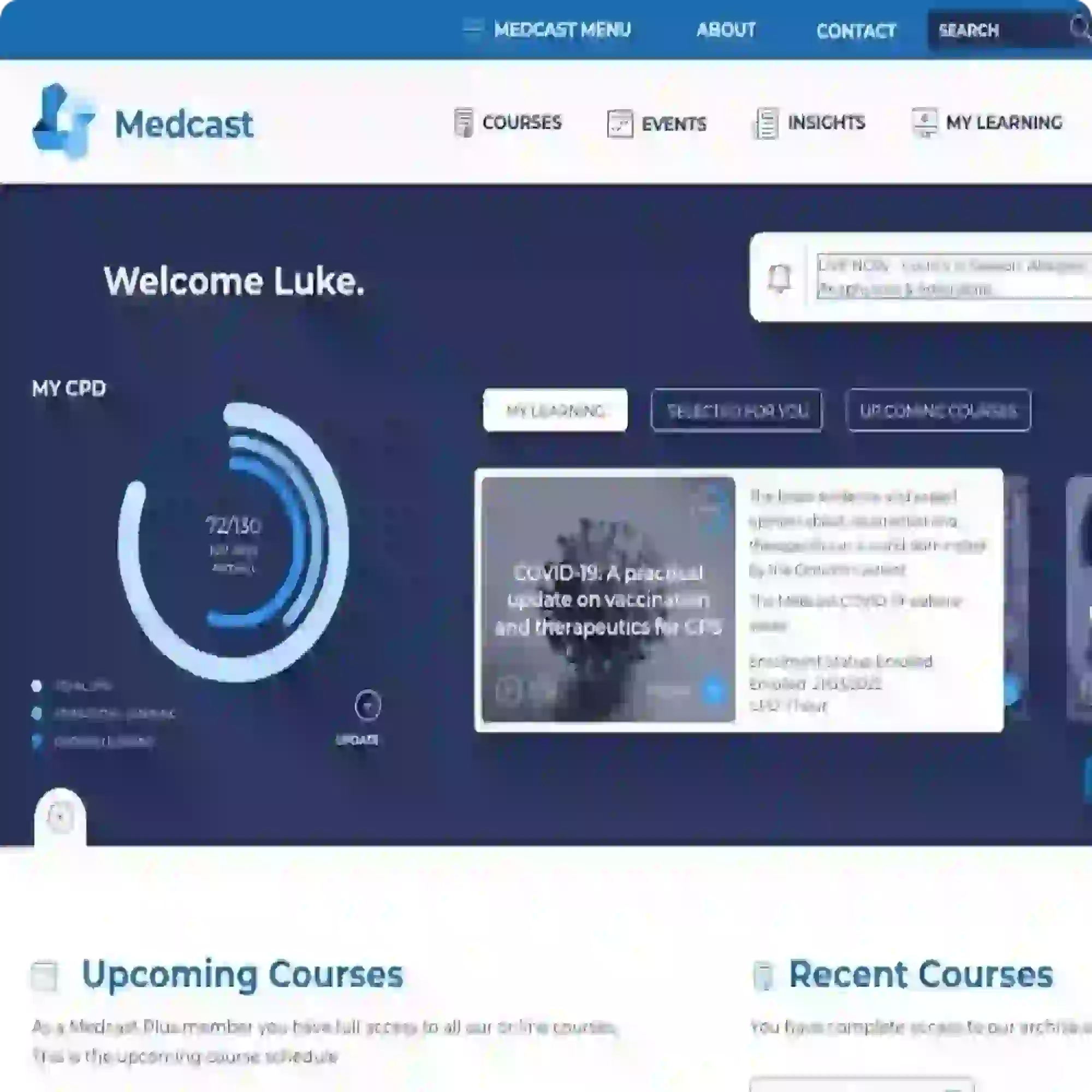Obesity/overweight in adults - clinical fact sheet and MCQ
Overview
Obesity is a chronic, relapsing condition marked by excessive body fat accumulation that adversely affects health. In Australia, 31.7% of adults are living with obesity and a further 34.0% are overweight. Overweight and obesity significantly elevate the risk of numerous chronic conditions, including cardiovascular disease, type 2 diabetes, metabolic dysfunction-associated steatotic liver disease (MASLD), several cancers (eg colorectal, thyroid, and liver), osteoarthritis, infertility, and depression.
Obesity is influenced by biological, psychosocial, environmental, and structural factors. It is not solely a result of individual behaviours. Treatment must reflect this complexity, and should avoid simplistic, weight-centric models. A person-centred, holistic, and inclusive approach is central to effective care.
Diagnosis of obesity and overweight
Lorem ipsum dolor sit amet, consectetur adipiscing elit. Maecenas eu odio in nibh placerat tempor ac vel mauris. Nunc efficitur sapien at nisl semper dapibus. Nullam tempor eros sed dui aliquam lacinia. Nunc feugiat facilisis ex.
Vestibulum ante ipsum primis in faucibus orci luctus et ultrices posuere cubilia curae; Maecenas mauris nibh, tempus sit amet erat vel, pellentesque maximus ipsum. Suspendisse dui nunc, porta ac ultricies id, sodales eu ante.
The Medcast medical education team is a group of highly experienced, practicing GPs, health professionals and medical writers.
Become a member and get unlimited access to 100s of hours of premium education.
Learn moreThe Coordinated Veterans’ Care (CVC) Program is a DVA initiative that allows GPs to provide structured, proactive care in the community for eligible veterans and war widows. This FastTrack provides a guide to billing the CVC program, and outlines a strategy for its practice-wide integration.
Achilles tendinopathy is a common cause of posterior heel pain and functional impairment. GPs are well-placed to coordinate care for these patients. This FastTrack fact sheet provides a concise summary of diagnosis and non-surgical management, including when to refer. Earn 30mins each RP and EA CPD with the quiz.
Over 3% of GP consultations in Australia involve skin lesions, yet many practices are billing these procedures incorrectly, putting themselves at risk of noncompliance or missing out on legitimate remuneration. This Business skills FastTrack explains the MBS item numbers pertaining to skin lesions for GPs, including eligibility criteria and practical tips.

